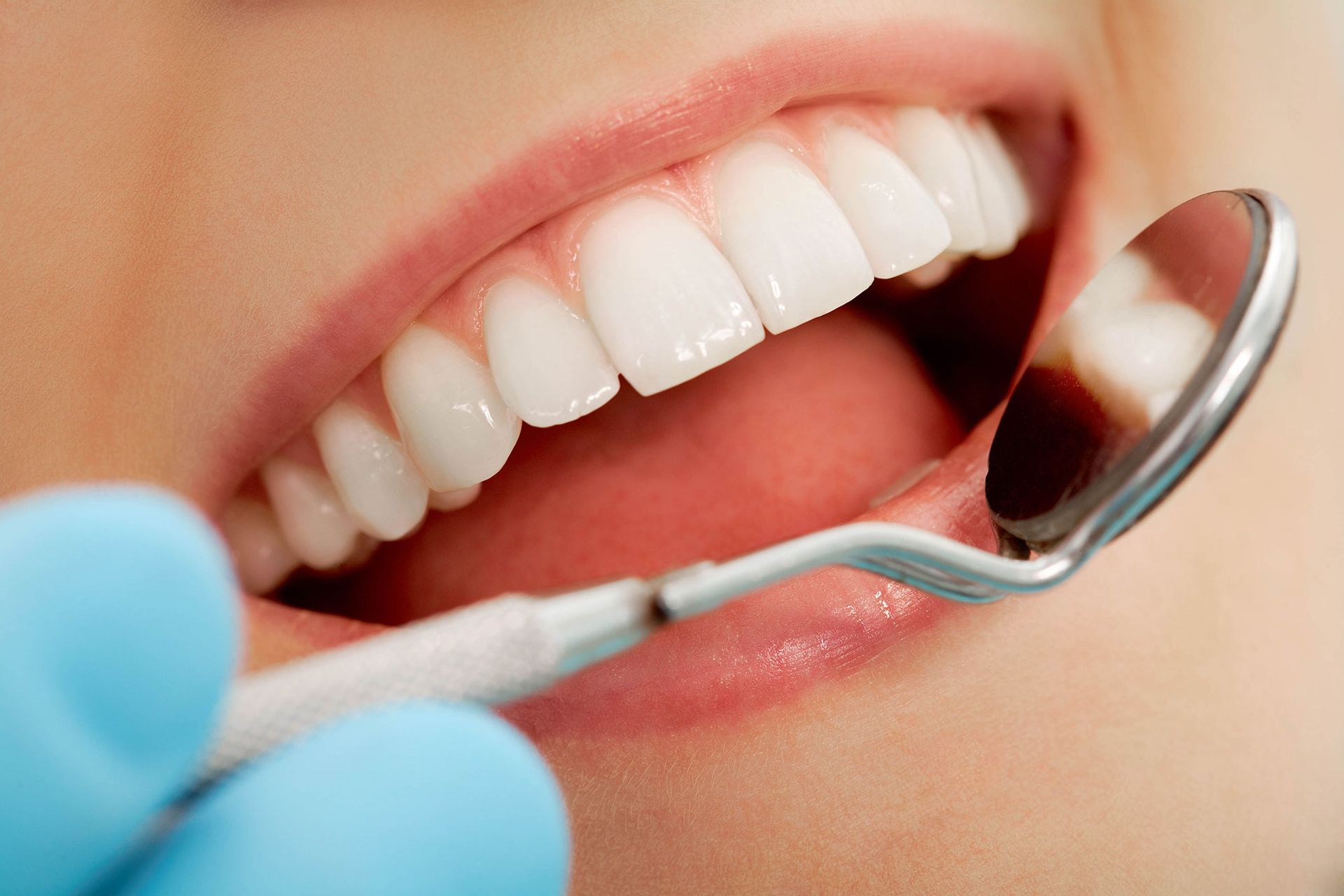Periodontal and Gum Care
Weatherford, OK
Payment Plans Available
Work With Insurance Providers
Emergency Care Available
Hours:
Request Lorem Epsom
Hero Request Form
Thank you for contacting us.
We will get back to you as soon as possible.
Please try again later.
Comprehensive Periodontal Care for Healthy Smiles
We're proud to be a locally owned practice that's been serving our community since 2005. Our family-friendly environment and prompt service make dental visits a breeze for patients of all ages. We're not just about treating gum issues; we offer comprehensive dental care including general dentistry, dental implants, crowns and bridges, root canals, dentures, and even cosmetic treatments like Botox, fillers, and Invisalign. As members of both the Oklahoma Dental Association and the American Dental Association, we uphold the highest standards of dental care. If you're looking for expert periodontal care or any dental service, contact us today.
Why Choose Us
Payment Plans Available
Work With Insurance Providers
Emergency Care Available
25+ Years of Experience
Family-Friendly Environment
Same-Day Appoitments

Gingivitis Treatment Dentist
Our gingivitis treatment program is designed to catch and treat gum inflammation in its early stages. We use advanced techniques to thoroughly clean your teeth and gums, removing plaque and tartar that cause gingivitis. Our team will also provide you with personalized oral hygiene instructions to help prevent future occurrences.
Gum Disease Treatment
For more advanced cases of periodontal disease, we offer comprehensive gum disease treatments. Our approach combines deep cleaning procedures like scaling and root planing with targeted antibiotic therapies when necessary. We'll work with you to develop a long-term management plan to keep your gums healthy and prevent the progression of gum disease.
Periodontal Dentist
As experienced periodontal specialists, we offer a full range of treatments for all stages of gum health. From preventative care to surgical interventions for severe cases, our team is equipped to handle all your periodontal needs. We use the latest in dental technology to ensure accurate diagnoses and effective treatments, always with a gentle touch and a focus on your comfort.

Not valid with any other offers or promotions. Restrictions apply.
Must mention this coupon at the time of scheduling.
Here's what our satisfied patients are saying...
At Weatherford Dental Care, we take pride in providing exceptional denistry services to our patients. We would be grateful if you could share your thoughts about our practice with others. Your feedback helps us improve and helps others make informed decisions. Please take a moment to leave a review of Weatherford Dental Care and let others know what you think.




